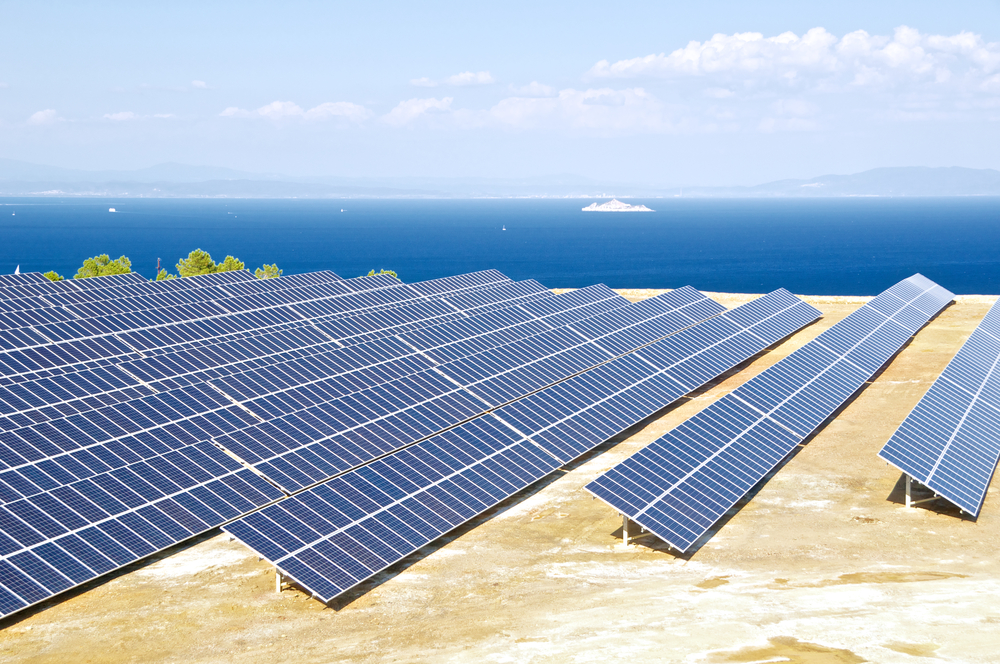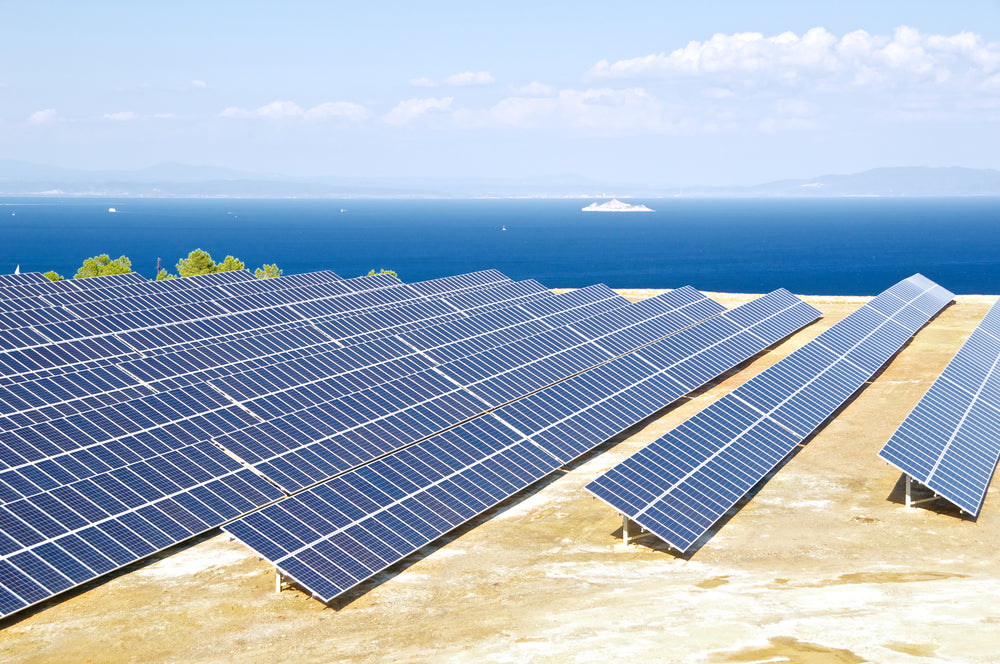The construction industry is closely linked to solar energy. Faster-growing alternative energy has now become a requirement, fueled by climate change and rising carbon dioxide emissions. With global solar capacity increasing to 398 GW (compared to 0 GW in 2000), solar energy has strong implications for those in construction.
Today we look at the trends shaping the future of solar design in construction. Being aware of trends helps you stay one step ahead of your competitors and conquer the market!
Solar becomes part of Green Design
Across the world, there has been a strong push for energy-efficient, zero-emissions buildings. Places like California have mandated that all residential buildings be net zero by 2020 and commercial buildings by 2030.
As buildings become greener, solar energy will become an integral part of buildings that generate their own energy. As a result, solar energy will be an important aspect of new building designs.
Solar Energy Profit Margins Could Increase
Solar energy is now more efficient, simple to install and, most importantly, much less expensive. In 1977, it would cost $76 per watt to install a solar panel. A year later, prices dropped to $60; another year later, prices reached $40.
Today, the average cost of solar panels is less than $1 per watt.
A sharp drop in installation prices can increase your profit margin. However, you shouldn't expect too much, as consumers also expect solar projects to be affordable.

Policy uncertainty is limiting solar growth
Let's face it; Regulations are a major concern for the solar industry. A new president could mean a change in policies introduced by his predecessor. The uncertainty of energy regulations haunted the industry in 2017 and is still quite persistent.
Some people are also apprehensive about the solar tax credit, which allows them to deduct a portion of solar costs from their taxes. The government may also change the discounts given on solar installations in some cities.
New York and New Jersey show how favorable regulations can spur solar industry growth. On the other hand, sunny Nevada proves how regulation can slow down a growing market.
Our advice: don't rely too much on green incentives!
Boost energy storage
24-hour power supply remains a challenge for solar projects. Now, more home and business owners are looking for storage solutions for 24/7 energy supply.
Private contractors can expect more orders for small and large-scale storage facilities in the coming days. You should also stay up to date on technology, as these systems use the Internet of Things (IoT).
The future of solar design
The construction industry will have to stay aware of regulations to make the most of its solar projects. The trick would be to remain flexible so you can adapt quickly to any changes.
Demand for solar energy is not decreasing and is expected to grow cumulatively at an average of 8%. You can expect more conscious clients to require solar energy as part of their projects. Ultimately, construction will play an important role in the adoption and growth of solar energy projects.

